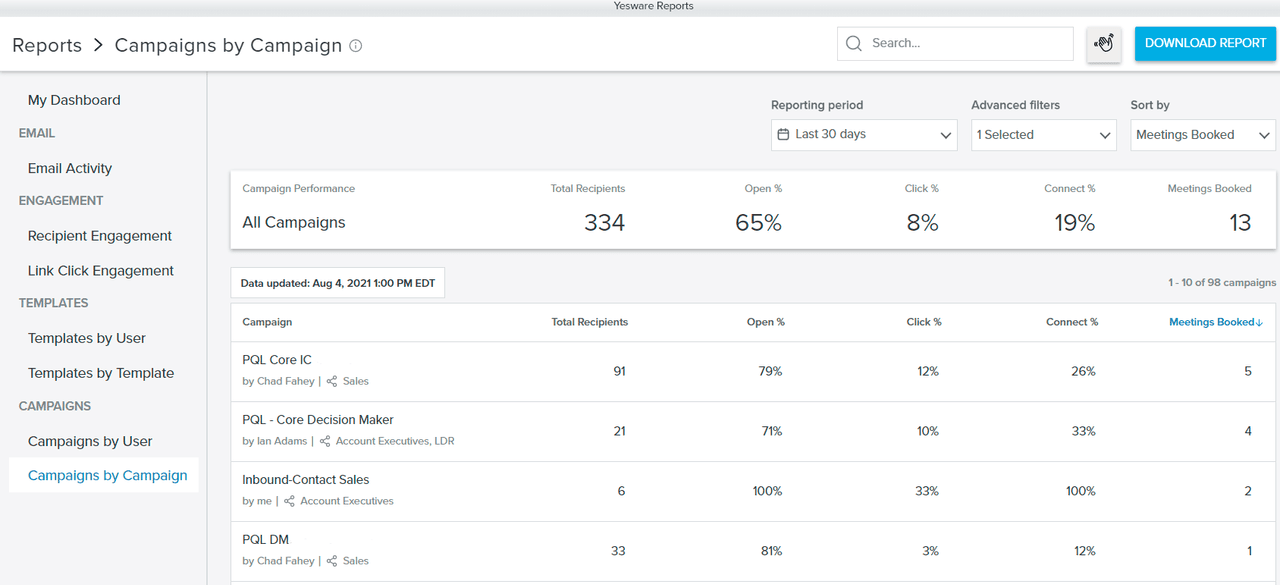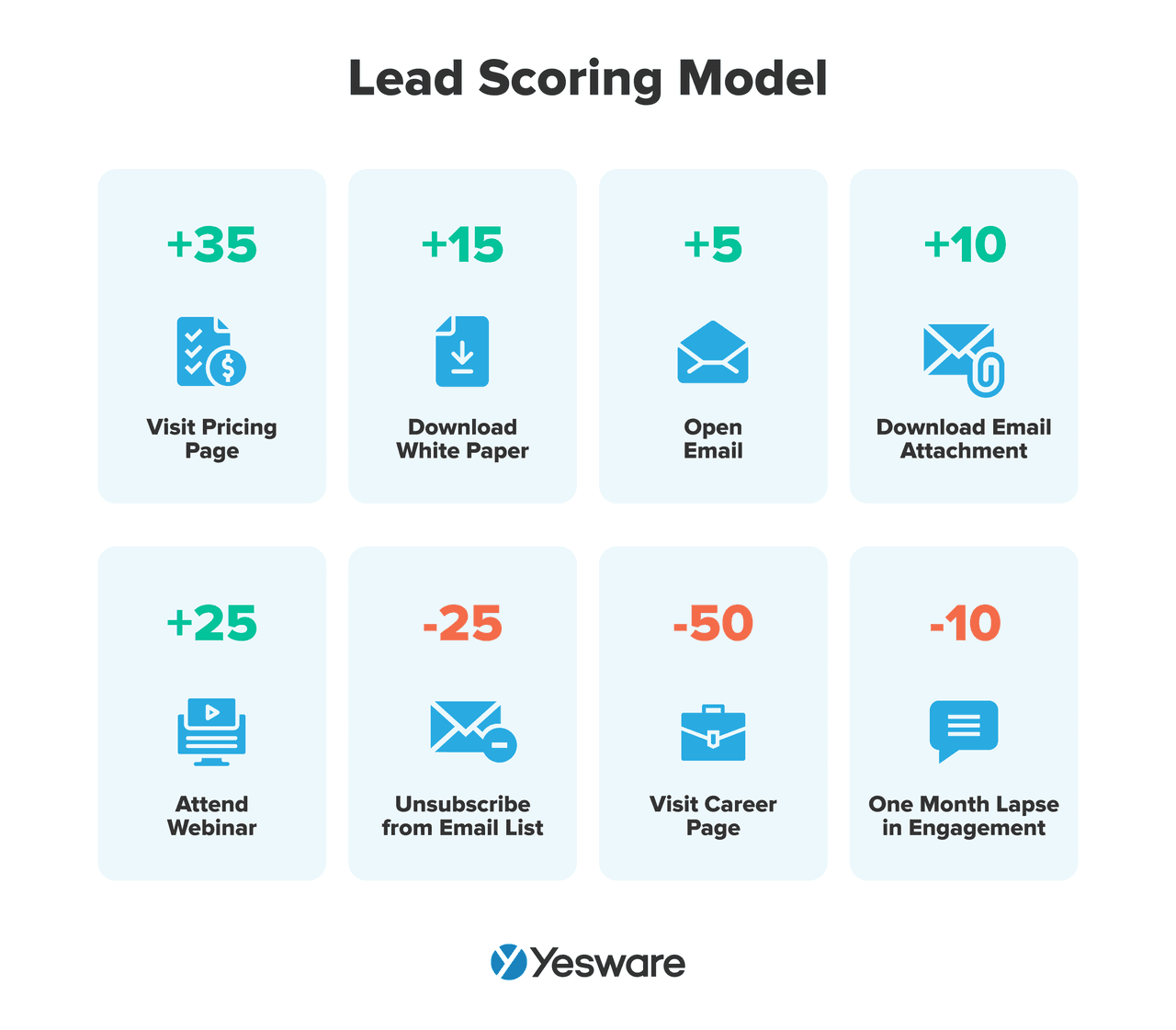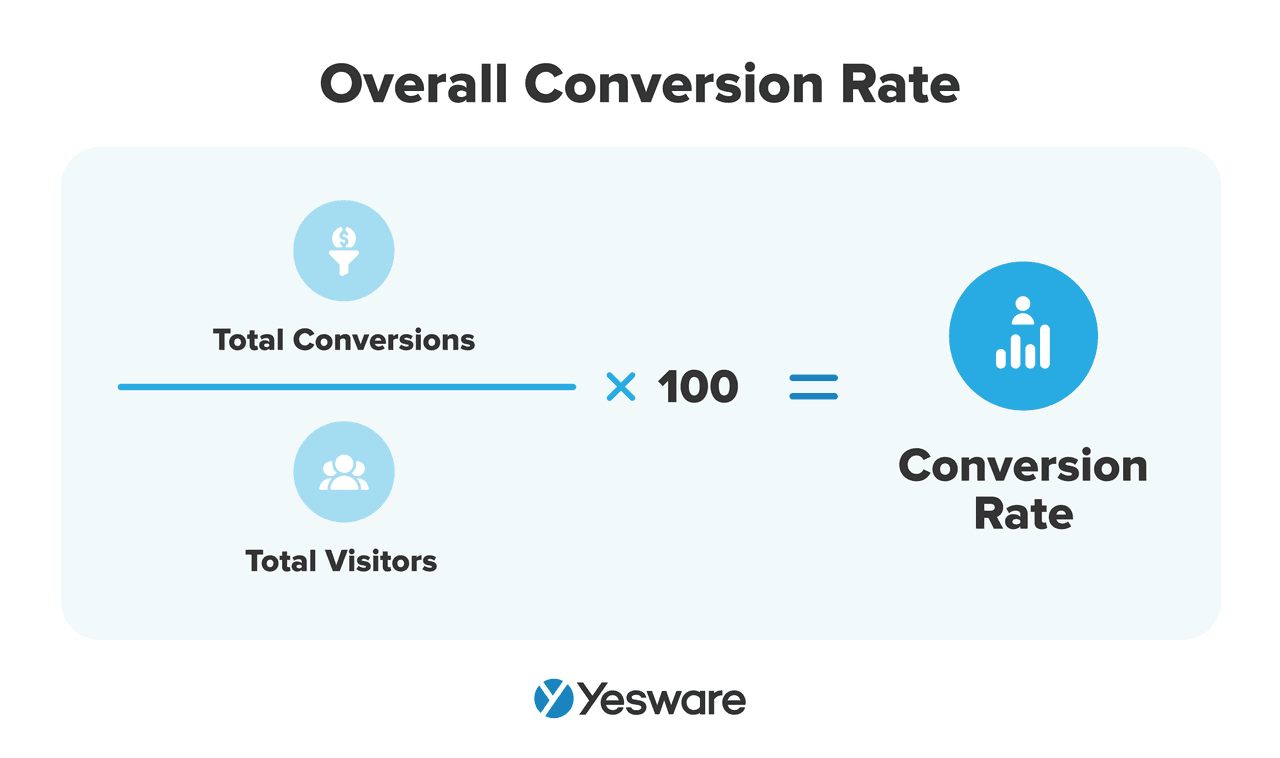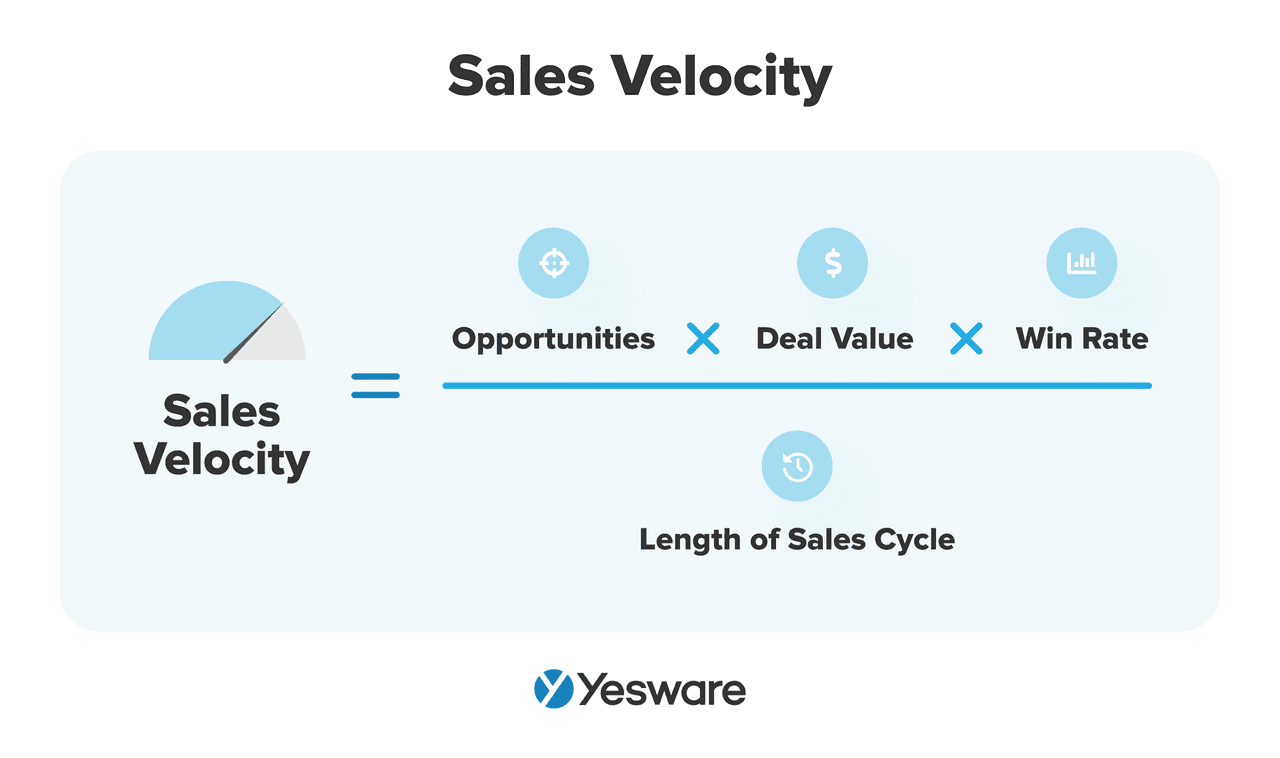Sales Pipeline Management: The Ultimate Guide for Driving Revenue
Anya Vitko
Contents
- What Is a Sales Pipeline?
- Key Components of Effective Sales Pipeline Management
- How to Build and Maintain a Healthy Sales Pipeline
- Sales Pipeline Review Best Practices
- Common Sales Pipeline Management Challenges and Solutions
- Advanced Sales Pipeline Management Strategies
- Tools and Software for Effective Sales Pipeline Management
Did you know that companies with effective sales pipeline management have a 10% higher likelihood of revenue growth year after year, according to Forbes?
In fact, according to sales trends in 2024, companies that master data-driven selling are more likely to experience fast growth. No wonder.
Tracking and managing every stage of the sales process helps sales teams ensure that leads are effectively converted into customers.
In this article, we’ll go over everything you need to know about sales pipeline management, including how to build and maintain a healthy pipeline, common challenges faced, and best practices for success.
Here’s what we’ll cover:
- What Is a Sales Pipeline?
- Key Components of Effective Sales Pipeline Management
- How to Build and Maintain a Healthy Sales Pipeline
- Sales Pipeline Review Best Practices
- Common Sales Pipeline Management Challenges and Solutions
- Advanced Sales Pipeline Management Strategies
- Tools and Software for Effective Sales Pipeline Management
What Is a Sales Pipeline?
A sales pipeline is a visual representation of the stages that prospects go through as they move from initial contact to becoming customers. Each stage in the pipeline corresponds to a specific step in the sales process, such as sales prospecting, qualification, proposal, negotiation, and closing.
Unlike a sales funnel, which narrows down the number of prospects as they progress through their buyer’s journey, a sales pipeline focuses on the concrete steps and actions required to close deals.

Key Components of Effective Sales Pipeline Management
If you’re interested in finding out more about how to convert leads into sales, let’s take a look at the essential components of mastering sales pipeline management.
1. Pipeline Stages
Most sales pipelines include stages such as sales prospecting, qualification, proposal, discovery call, negotiation, and closing.
Customizing stages ensures that your pipeline accurately represents the unique steps your team takes to close deals. For example, if your company sells software, you may want to add a “Demo” step to your pipeline.
Tip: Solutions like Yesware can help sales teams organize and manage their pipeline stages more effectively by enhancing communication and tracking engagement.
Yesware’s Reporting and Analytics tool offers detailed analytics and reporting features that can help sales managers track pipeline performance, identify bottlenecks, and make data-driven decisions to optimize the sales process.

2. Lead Generation and Qualification
Successful lead generation depends on a combination of inbound and outbound tactics. To attract new leads, you may want to use content marketing, social media, and email campaigns while also leveraging cold outreach and networking.
Establish clear criteria for evaluating and prioritizing leads based on factors such as fit, interest, and buying intent. Lead scoring helps ensure that your team focuses on high-potential prospects. 
You can score leads according to various attributes, characteristics, and behaviors. This data helps sales reps determine who to contact first, as well as who can be disqualified entirely.
3. Deal Values and Probabilities
Each deal in your pipeline should have an assigned value based on its potential revenue. Also, determine the likelihood of deals closing at each stage of the pipeline.
Detailed insights on where and when your prospects are engaging, along with in-product and email notifications, ensure you know exactly when to reach out.
Tip: Tools like Vendasta provide forecasting tools that allow for precise predictions based on deal values and probabilities.
For example, their Sales CRM offers lead scoring and notifications to keep your team informed about the hottest prospects. Vendasta’s “hot lead” scoring system shows your team which business prospects are engaging. Configurable one to three flame ratings indicate how “hot” a lead is.

4. Sales Activities and Follow-ups
Regular follow-up emails keep prospects engaged and move them through the pipeline. Ensure that your team follows up promptly and persistently.  Implement a structured approach to sales activities, including setting reminders, using templates for efficiency, and personalizing communications.
Implement a structured approach to sales activities, including setting reminders, using templates for efficiency, and personalizing communications.
Yesware offers tools to take your inside sales to the next level. Yesware helps with tracking email opens and link clicks, as well as setting reminders for follow-ups. This ensures that your sales team doesn’t miss out on the perfect opportunities.
5. Pipeline Metrics and KPIs
Key metrics to track are conversion rates, average deal size, and sales velocity. These metrics provide insights into the health and performance of your sales pipeline. Here’s how to calculate them:
Conversion Rates: Track the percentage of leads progressing from one stage to the next. High conversion rates indicate an effective sales process.

Average Deal Size: Calculate the average value of closed deals to understand the revenue potential of your pipeline.

Sales Velocity: Pipeline velocity measures the speed at which leads move through your sales pipeline. It is calculated using the formula: the number of deals in your pipeline multiplied by the overall win rate percentage, multiplied by the average deal size, and divided by the length of the sales cycle (in days).
This metric helps you understand how quickly you can expect to close deals and generate revenue.

By tracking and analyzing important sales KPIs, you enable your team to make data-driven decisions.
How to Build and Maintain a Healthy Sales Pipeline
Regularly Clean and Update Your Pipeline
Ensure that your pipeline data is accurate and up-to-date by regularly reviewing and cleaning your database. Remove stale leads and update contact information to maintain the integrity of your pipeline.
Continuously Add New Leads
Keep your pipeline full by consistently generating new leads. Use a mix of marketing and sales tactics to attract a steady stream of prospects.
Use tools like Yesware’s Prospector tool, for instance, to easily source new prospects and add them to your funnel.

Analyze and Optimize Conversion Rates Between Stages
Regularly analyze conversion rates between pipeline stages to identify drop-off points and optimize your process. Implement changes to improve transitions throughout your sales cycle and increase overall conversion rates.
For example, if you notice a high drop-off rate during the proposal stage, you might want to improve your proposal templates, provide additional training to your sales team on delivering proposals, or implement a case studies strategy.
Align Sales and Marketing Efforts
Ensure that your sales and marketing teams are aligned and working towards common goals. This alignment helps generate high-quality leads and nurture them effectively through the pipeline.
Studies show that companies with strong sales and marketing alignment do better in all six of the following performance metrics than companies with low alignment:
- Qualified leads
- Conversion
- Acquisitions
- Retention
- Average billing per customer
- Revenue
Sales Pipeline Review Best Practices
Conduct regular pipeline reviews to keep track of progress and identify issues early. Weekly or bi-weekly reviews are recommended to stay on top of pipeline management.
During reviews, focus on key metrics, deal statuses, and upcoming actions. Discuss challenges and brainstorm solutions with your team.
Leverage data from your pipeline to make informed decisions. Use insights from metrics and analytics to guide your strategy and improve performance.
Here are some best practices for effective sales pipeline reviews:
- Schedule Regular Reviews: Conduct weekly or bi-weekly reviews.
- Set Clear Objectives: Establish specific goals for each review.
- Review Key Metrics: Focus on metrics like the number of deals in each stage, average deal size, win rate, and sales cycle length.
- Assess Individual Opportunities: Evaluate the status of individual deals, including next steps, potential obstacles, and estimated close dates.
- Identify Bottlenecks: Identify where deals are getting stuck in the pipeline and analyze the reasons.
- Coach Sales Reps: Use these reviews as an opportunity to coach sales reps.
- Refine the Sales Process: Use insights to refine and improve the sales process.
- Leverage Technology: Utilize CRM and sales enablement tools to automate data collection and provide real-time insights.
- Encourage Collaboration: Involve the entire sales team in pipeline reviews to foster collaboration.
Tip: Learn more management best practices in our guide below.
 Sales Management Training GuideEverything you need to know to be a successful sales manager – backed by data and real-world experiences.
Sales Management Training GuideEverything you need to know to be a successful sales manager – backed by data and real-world experiences.
Common Sales Pipeline Management Challenges and Solutions
Stalled Deals
If deals stall in the pipeline, then reassess your follow-up strategy and ensure timely, personalized communication.
Did you know that leads are significantly more likely to convert when they are consistently nurtured with follow-ups?
According to research by Invesp, 80% of sales require at least five follow-up calls after the initial meeting.
By maintaining regular contact and providing valuable information tailored to the prospect’s needs, sales teams can build trust, address any concerns, and keep the lead engaged throughout the sales process.
Follow-ups not only remind prospects of your offerings but also demonstrate your commitment to solving their problems, thereby increasing the likelihood of conversion. This approach ensures that leads feel valued and supported, making them more inclined to move forward in the sales pipeline.
Inaccurate Forecasting
Sales forecasting can be inaccurate for several reasons.

One primary challenge is when sales teams rely on historical data, which may not account for current market dynamics or unexpected changes in consumer behavior.
Also, sales teams may face inconsistencies in data entry or a lack of real-time data, leading to skewed projections.
Human biases, such as over-optimism or underestimating risks, can further distort forecasts.
Poor Data Quality
It’s important for sales teams to implement strict data management practices and use tools like Yesware that prioritize data quality.  Yesware automatically captures email engagement data, such as opens, replies, and link clicks, directly from your inbox, eliminating the need for manual data entry and reducing the risk of human error. Email tracking lives right inside your inbox.
Yesware automatically captures email engagement data, such as opens, replies, and link clicks, directly from your inbox, eliminating the need for manual data entry and reducing the risk of human error. Email tracking lives right inside your inbox.
![]()
Additionally, Yesware integrates seamlessly with CRM systems, ensuring that data is consistently updated and synchronized across platforms.
Yesware also provides real-time analytics and reporting tools, enabling sales teams to monitor and verify data accuracy continuously.
Advanced Sales Pipeline Management Strategies
Account-Based Selling Approach
This is a sales framework that focuses on targeting high-value accounts rather than individual leads.
When your sales team adopts this approach, you identify key accounts that are most likely to benefit from your products or services. Then sales engage and nurture these accounts through the sales pipeline.
The account-based selling approach requires close alignment between sales and marketing teams to create tailored messaging and campaigns that resonate with specific stakeholders within the target accounts.
By concentrating efforts on a select group of high-potential clients, companies can build deeper relationships, address unique needs more effectively, and increase the likelihood of closing larger deals.
The account-based selling approach shifts the focus from quantity to quality, emphasizing the value of meaningful interactions and long-term partnerships over broad-reaching sales tactics.
Personalization at Scale
If you leverage Yesware’s personalization features, such as email templates with dynamic fields, then you can tailor your messaging to each prospect at scale, increasing engagement and response rates (you can access these from both your Outlook or Gmail inbox).

Predictive Analytics for Pipeline Optimization
If you use predictive analytics, then you can anticipate future outcomes and optimize your pipeline for better performance.
Multi-Touch Attribution for Understanding Lead Sources
Multi-touch attribution is a method used to track and evaluate the impact of various marketing and sales touchpoints that contribute to converting a lead into a customer.
Unlike single-touch attribution models that credit a conversion to just one interaction, multi-touch attribution recognizes that the customer journey often involves multiple interactions across different channels and platforms.
By understanding the combined effects of various interactions, businesses can gain insights into which strategies and campaigns are most effective at driving conversions.
Multi-touch attribution helps marketers optimize their efforts, allocate resources more efficiently, and improve overall marketing ROI by accurately attributing success to the right channels and actions.
Tools and Software for Effective Sales Pipeline Management
When choosing sales management software, look for features such as CRM integration, email tracking, automation, reporting, and analytics.
As discussed above, tools like Yesware’s sales engagement platform and Vendasta’s CRM offer comprehensive tools for effective sales pipeline management.
Whatever tool you use, make sure you’re continuously measuring its success and effectiveness in managing the pipeline.
Effective sales pipeline management is the backbone of any successful sales strategy. By implementing the best practices above, including regular reviews, setting clear objectives, and leveraging technology, sales teams can maintain a well-organized and actionable pipeline.
With a collaborative approach that involves the entire sales team and cross-functional insights, companies can drive continuous improvement and achieve their revenue goals.
Get sales tips and strategies delivered straight to your inbox.
Yesware will help you generate more sales right from your inbox. Try our Outlook add-on or Gmail Chrome extension for free, forever!
Related Articles
Casey O'Connor
Casey O'Connor
Casey O'Connor
Sales, deal management, and communication tips for your inbox

